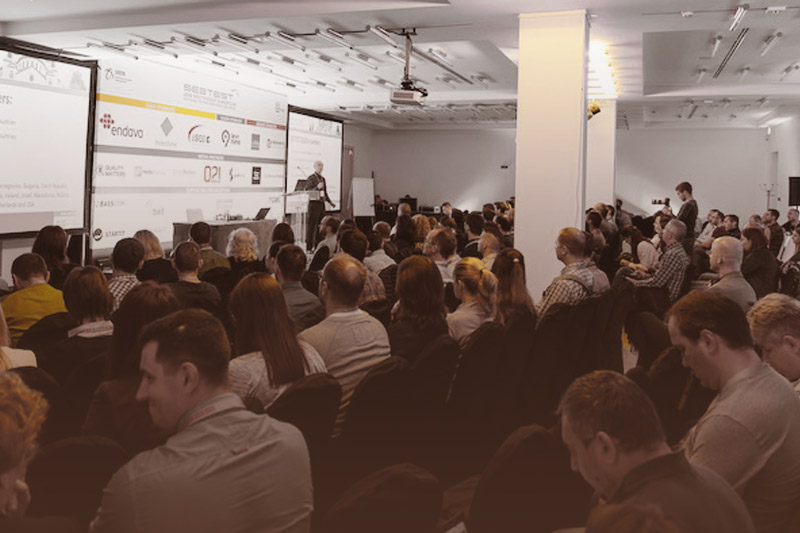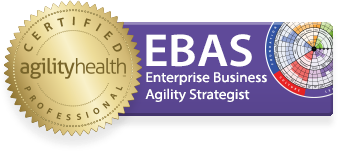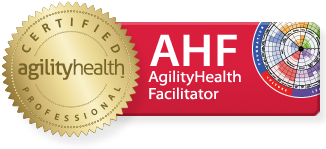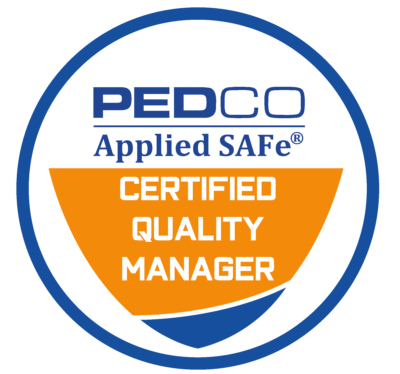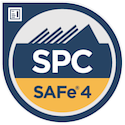Experiences from SEETEST 2018
Safe Journey was invited to give a half day tutorial at the South East European test conference (SEETEST 2018) in Belgrade. The topic was typical challenges which organisations face when doing agile transformations at scale. We presented examples of how a framework like Scaled Agile Framework (SAFe®) can help overcome typical challenges and some of the pitfalls to avoid. Throughout the tutorial we discussed the challenges which companies in South East Europe face. Here are some of the things we learnt from the discussions.
Typical Challenges
Most delegates had a background in quality assurance (QA) and testing. Therefore we expected that the delegates would list challenges such as automated testing and performing non-functional testing in the sprint as the most important challenges when scaling agile. To our surprise most of the important challenges identified by the delegates related to the following areas:
- Lack of good experiences with Agile methodologies and understanding how to implement and adapt frameworks and methods
- Coordination, collaboration and managing dependencies between teams (especially with distributed teams)
- Understanding what needs to be done both in the sprints and what the bigger picture is
- Management commitment and getting the entire organisation aligned
- Unrealistic expectations regarding delivery speed
A few mentioned that the biggest challenges related to technical excellence, dealing with technical debt, ensuring code quality and challenge with regression testing due to lack of automated testing. Although surprising to find that QA and testing were not among the most important challenges the result aligns with the findings of a literature review published in 2016 by K. Dikert et al.
Key Success Factor
Frameworks like SAFe can help teams and organisations overcome many of the typical challenges. Depending on the objectives of the agile transformation, the organisation’s need for guidance, its maturity and culture etc. some frameworks may be more suitable than others. Regardless of which framework or combination of frameworks is used one of the key factors to success is to customise the framework or methodology (implement the framework) so it fits the organisation.
Here are 3 of the delegates’ suggestions how to customise a framework like SAFe:
- Map the framework to current ways of working and focus your effort in areas where current practices are not working well or are completely missing (if it makes sense)
- Use a tool to monitor and manage the transformation and see what needs improvement
- Customise the program board to include areas which often causes problems in the flow, for example a swim lane for security reviews or for the automation team
These suggestions and the challenges mentioned before resonated with us and we wanted to share them with you.
About the Tutorial
There were approx. 60 delegates with a wide range of experience in Agile.
We asked the delegates about their agile experience at team level on a scale from 0 -10. Most people had practical experience with agile at team level and some also had practical experience with agile at scale as shown in the matrix. The average score of all delegates who answered is indicted with the number 1 in the big circle. Each dot is the answer from one delegate.
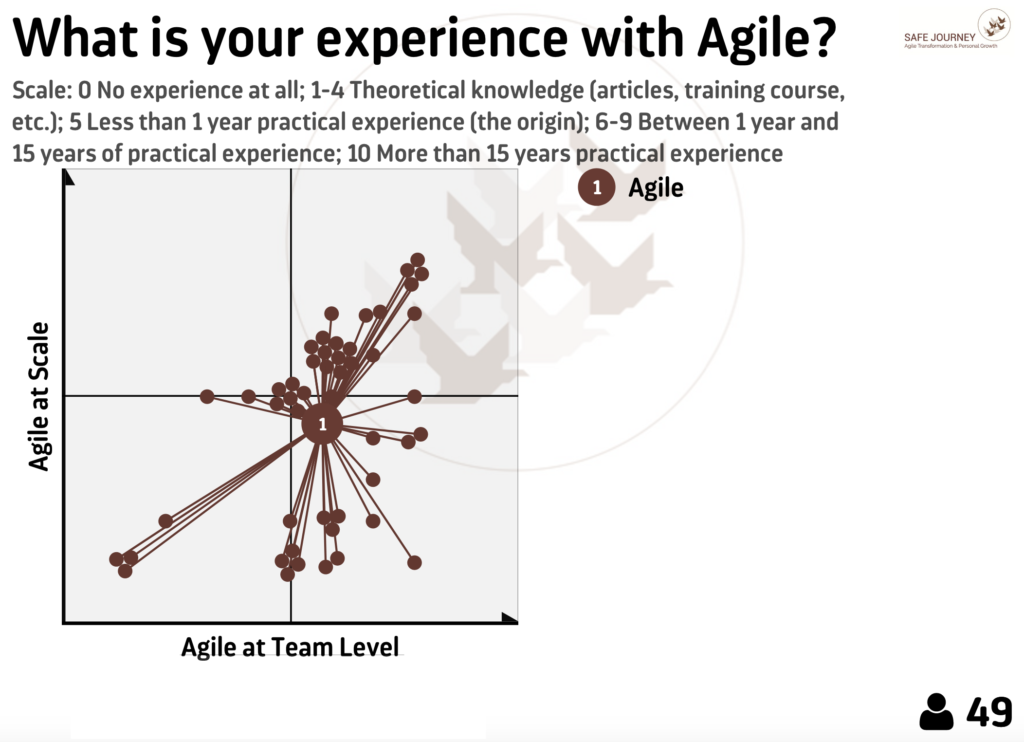
We also asked the delegates to indicate which methodologies their company currently use. For simplicity reasons we used the word methodology interchangeably with words like framework, method, and practice.
The delegates could select multiple methodologies as teams often combine several methodologies (for example ScrumBan). As the chart shows Scrum and Kanban are used by most of the companies whereas frameworks for scaling are not.
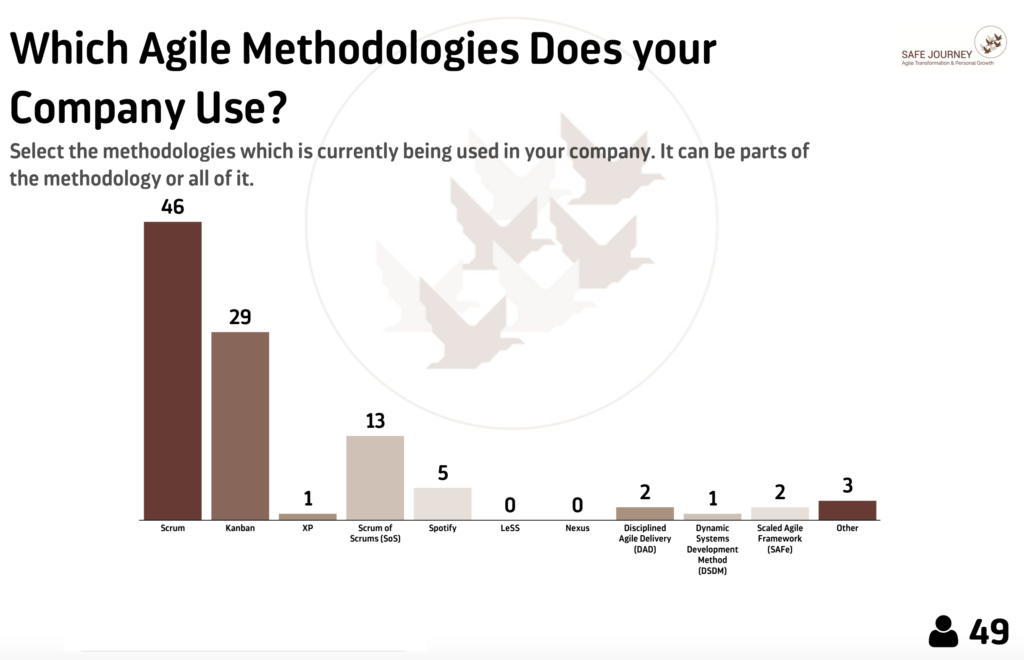
Compared to other, bigger surveys on the state of agile and agile in testing the percentage of respondents who say they use frameworks like SAFe and DSDM was much lower in our tutorial than in those surveys.
A big thanks to the delegates for sharing their knowledge and experience.
About Safe Journey
If you would like to learn more about how Safe Journey can help you succeed on your agile journey do not hesitate to contact us or read more on our website www.safejourney.dk.

